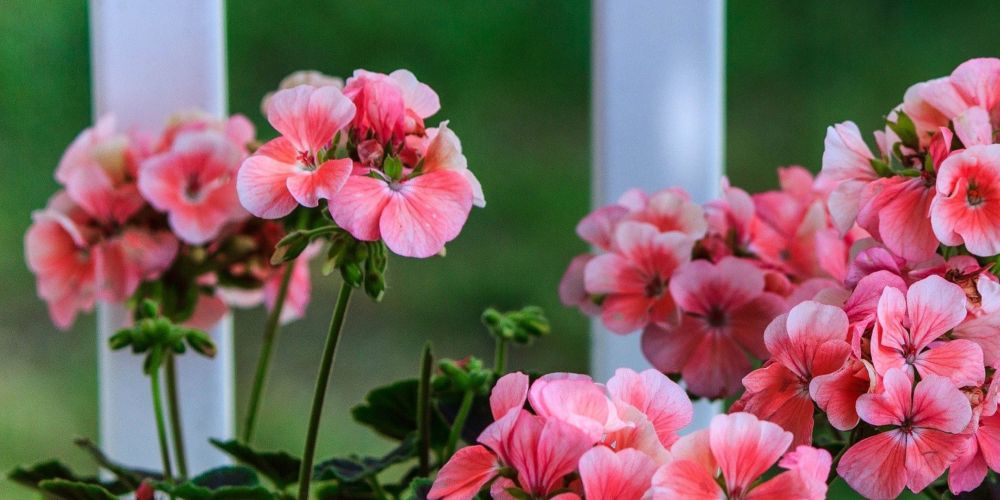Spring is happening here at Golden Acre, we received some shipments of annuals, perennials, trees, and shrubs this week which is getting gardeners across the city super excited! If you caught Colin on CTV Calgary this week, you will have gotten a sneak peak at all the flowers now available in our annuals department! Still a bit early to plant in the garden, so keep them inside overnight and on cold days.
With all these fresh blooms coming in store, we thought we’d chat about annuals on GAKidsTV and at our Saturday webinar. Thank you so much to everyone who joined us. We love seeing you, hearing from you, and growing with you. If you haven’t seen our free webinars yet, all are available for registration now through Eventbrite. Next week, we’ll be exploring perennials! If you missed this weeks webinar, we’ve uploaded an encore presentation on our YouTube channel.
Annual Lifecycle
 Planting Annuals
Planting Annuals
- Plant outside after the last frost. This is especially important right now as we have a mix of warm days, snow, and frosty nights. Rule of thumb is generally May Long Weekend, but just keep an eye on those overnight forecasts. It’s okay to bring annuals out during warm days and back inside overnight and on cold days.
- When tender annuals are exposed to frost, the water in their cells freeze which damages the cell wall and overall cell structure.
- Don’t be afraid to mix and match annuals with your other perennials, trees, and shrubs! They act like mulch, and are great way to provide colour all season long while you await your other plants to flower. Keep lighting conditions in mind. If you’re planting under your trees, consider shade loving annuals.
- Annuals are great to have around the garden as they invite friendly pollinators!
- Consider planting native annuals like Gaillardia. They are made for this prairie climate and are essential for pollinators.
- Shade Lovers
- New Guinea Impatiens, Begonias, Fuchsia, Bacopa, Coleus, Nicotiana
- Sun Lovers
- Sunflower, marigold, Geranium, Zinnia, Petunia, Lavender, Salvia
- While plants will grow without the aid of fertilizers, using them will ensure you get the most out of your annuals and veggies during our short growing season.
- Be sure to follow fertilizer instructions. Too much fertilizer too often will result in issues like root burn.
- Kinds of Fertilizer
- Complete VS Incomplete
- Complete: Includes Nitrogen (N), Phosphorus (P), and Potassium (K) (The three numbers)
- Incomplete: Does not carry all three of the above ingredients.
- Soluble VS Insoluble
- Soluble: dissolves in water and applied to plants as a liquid solution.
- Insoluble: granular and slow release fertilizers applied to the growing medium (Soil)
- Organic VS Inorganic
- Organic: From plant / animal matter and contains carbon
- Inorganic: Sources other than plants / animals
- Complete VS Incomplete
- Supplements may improve your growing medium and prevent issues like calcium deficiency from destroying your veggies.
- Water immediately after planting
- Depending on garden conditions, some plants require different watering schedules. For example, shady plants may require less water than those in full sun. Test the soil and apply water as needed. You may need to water twice a day especially during the hot summer months.
- Deadheading is so beneficial for most plants as it promotes growth and new blooms!
- If you’re hoping for seeds from your existing plants, don’t deadhead! Let them complete the cycle.
- Do not deadhead veggies
- Do not deadhead herbs

